Stop Dryer Fires Before They Start: Your Complete 15-Minute Safety Routine
Difficulty: Novice
Time: 15 minutes weekly maintenance
Cost: $0 (for routine maintenance)
Why You'll Like This (Quick Intro)
Every year, roughly 2,900 residential dryer fires happen across the US, according to the US Fire Administration, causing an average of five deaths, 100 injuries, and $35 million in property damage annually. The biggest culprit is something preventable — improper dryer maintenance, particularly failing to clean lint buildup. Give it 15 minutes a week and you cut that risk, keep the drum spinning smoothly, and sidestep expensive repairs. Simple, fast, free.
What You'll Need
Materials
Nylon brush, for lint filter deep cleaning
Vacuum with hose attachment
Cleaning cloth
Mild detergent
Tools
Screwdriver, for vent cleaning
Fire extinguisher, Class C for electrical fires
Flashlight
Safety First
Do not run your dryer when you are away; you want to be nearby in case a fire begins
Unplug the dryer before any maintenance
Check the manufacturer's instructions for your model
Keep the room ventilated while you clean
Your 15-Minute Fire Prevention Routine
Turn essential dryer fire prevention into quick, doable habits that fit your week.
Weekly Tasks (2 minutes)
Clean the lint filter every load. Clean the lint filter after every load and check the housing for visible buildup. Missed it last time? Do it before you press start.
Visual success cue: Hold it up to light, the mesh should look completely clear.
Check the external vent while the dryer runs. Step outside and confirm air is flowing from the outdoor vent when the dryer is on.
Tip: You should feel strong airflow within 30 seconds of the dryer starting.
Monthly Tasks (5 minutes)
Deep clean the lint filter housing. Monthly, clean lint from the housing that holds the filter.
Remove the filter and vacuum the compartment until no lint appears.
If buildup persists: Use a long brush to pull lint from corners.
Scrub fabric softener residue from the filter. Every few months, remove softener residue from the lint filter and scrub both sides with a nylon brush dipped in warm water.
Success cue: Water should flow freely through the mesh.
Seasonal Tasks (8 minutes)
Clean the exterior vent cap and check for blockages. Clear visible lint, look for pest nests, and confirm the vent flap opens and closes properly.
Inspect and clean the flexible vent hose behind the dryer. Clean the flexible vent behind the dryer by disconnecting it and vacuuming lint out.
Disconnect safely, vacuum thoroughly, reconnect securely.
Why this routine works: When lint restricts airflow, it leads to overheating, and if air gets hot enough, it can ignite the lint and cause a dryer fire. Lint slips through the mesh, static makes it cling to duct walls, it stacks up over time. Regular maintenance breaks the cycle before it turns dangerous.
Annual Professional Service
Schedule professional vent system cleaning. Clean your dryer vent system annually, or twice yearly if you use your dryer frequently.
Tip: Pair it with HVAC maintenance so it is easy to remember.
Daily Habits That Eliminate Fire Triggers
Never overload your dryer. Never overload your dryer, as this restricts airflow and leads to overheating, increasing fire risk.
Rule of thumb: Fill the drum about three quarters full so clothes tumble freely.
Keep 12 inches of clearance around the dryer. Keep the area around your dryer clear of flammable objects like boxes, cleaning supplies, and other clothes.
Clear space prevents overheating and reduces available fuel.
Handle contaminated fabrics with extra care. For clothes touched by flammable substances, lay them out to dry naturally first, then wash and dry them as usual.
Critical step: Wash these items twice in hot water before any dryer use to remove residue.
Warning Signs Your Dryer Is Becoming a Fire Hazard
Your dryer sends up flares before a fire starts, if you know what to watch for.
Performance Red Flags:
Unusual noises, smells, excessive heat, or longer drying times suggest poor airflow
Clothes still damp after a normal cycle
Safety System Alerts: Most modern dryers have auto-shutoff features that will shut off mid-cycle if the unit traps excess heat and moisture, so never ignore this warning.
External Validation Check: While it runs, check your outside dryer vent. No airflow means a blockage that needs immediate attention.
What to Do If Your Dryer Catches Fire
If the worst happens, the first minute matters.
Call 911 immediately and keep the dryer door closed, opening it feeds oxygen to the fire.
If it is safe to stay for 30 seconds, use a fire extinguisher designed for electrical fires, aim at the base, sweep side to side.
Never use water on an electrical fire, it conducts electricity.
Only unplug the appliance if you successfully put out the fire and the connections are not damaged.
If you cannot extinguish it within 30 seconds, evacuate immediately.
Contain potential re-ignition by closing the laundry room door while you wait for firefighters.
Cleanup and Disposal
Store cleaning supplies away from the dryer area
Dispose of lint in the regular trash immediately after cleaning, never leave it lying around
Replace worn vent materials with rigid metal ducts for maximum safety
Troubleshooting
Problem: Clothes still damp after normal cycle → Fix: Clean the lint filter housing, inspect the exterior vent for blockage, reduce load size
Problem: Burning smell during operation → Fix: Stop the dryer, unplug the unit, check for lint buildup throughout the system, schedule professional cleaning
Problem: Dryer shuts off mid-cycle repeatedly → Fix: Clean the entire vent system, ensure 12 inches of clearance, verify the exterior vent opens properly
Variations and Upgrades
Renter-friendly option: Focus on filter cleaning and usage habits, request your landlord handle professional vent cleaning
High-usage households: Increase monthly tasks to bi-weekly, schedule professional cleaning twice yearly
Older dryer upgrade: Replace plastic or foil ducts with rigid metal ones for significantly improved safety
FAQ
Can I clean the full vent system myself? Basic maintenance yes, but annual professional cleaning reaches areas DIY methods miss and includes safety inspections.
Will this routine work for gas dryers? Yes, but also ensure proper ventilation and consider a carbon monoxide detector in the laundry area.
This 15 minute routine turns dryer fire prevention from a dreaded once a year project into easy weekly habits. Break it into small, timed tasks and you are not just preventing fires, you are extending your dryer's life, trimming energy costs, and keeping your family safer during one of the most routine chores at home. Start this week. Sleep better the next.




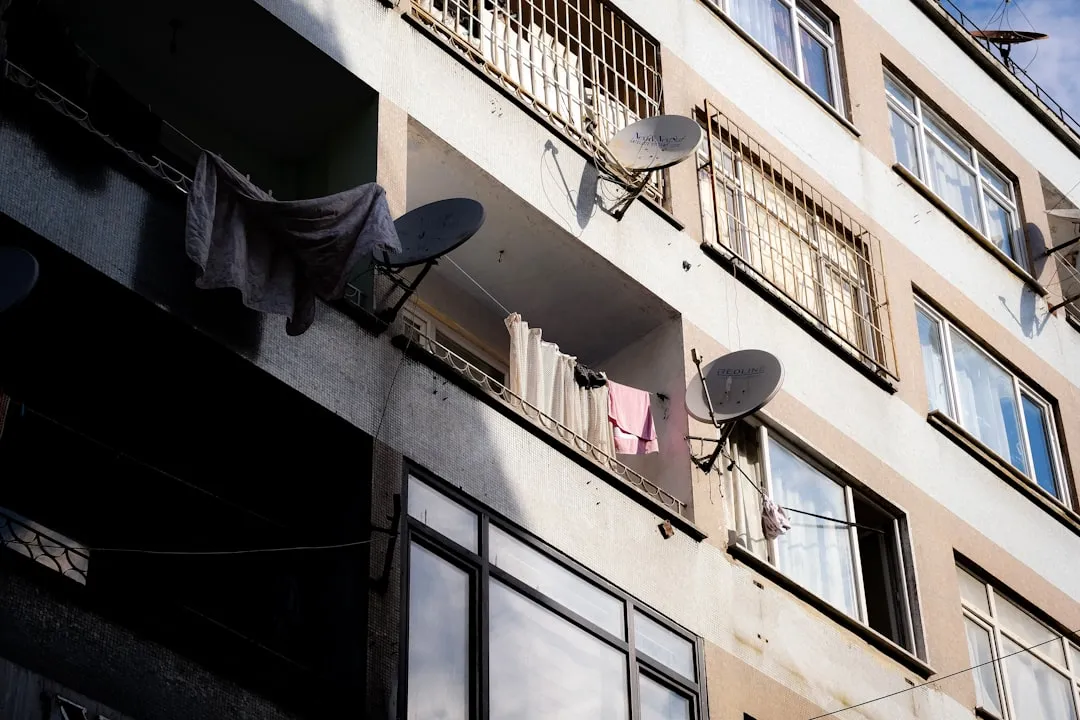

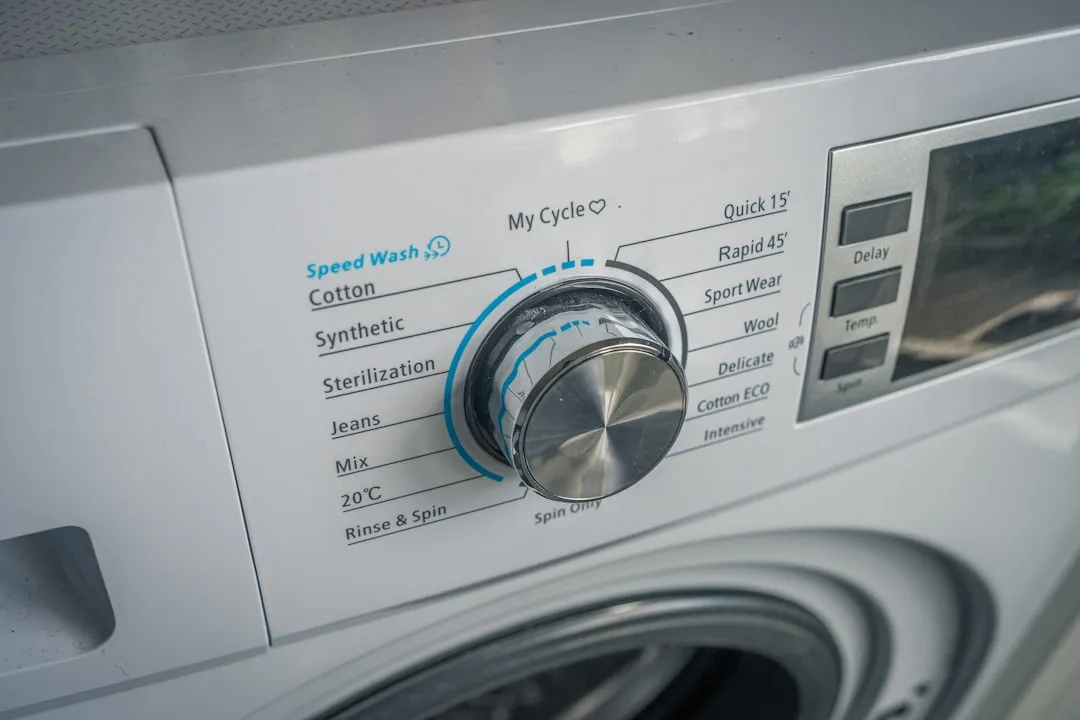




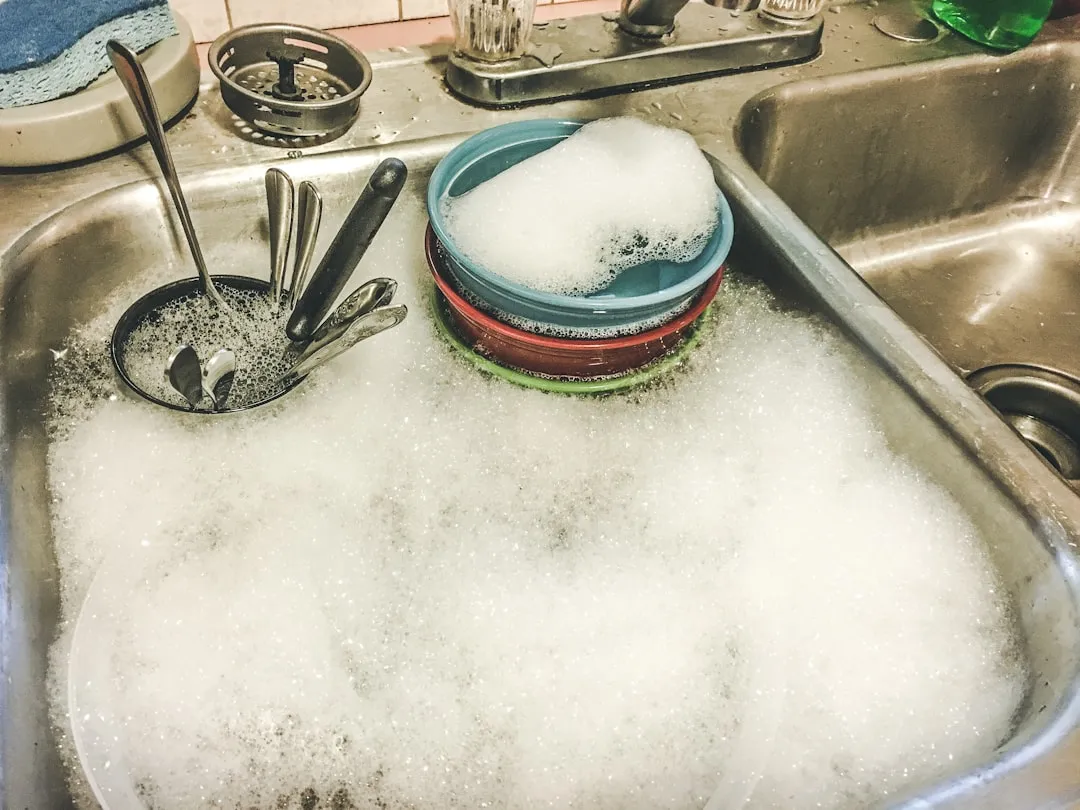




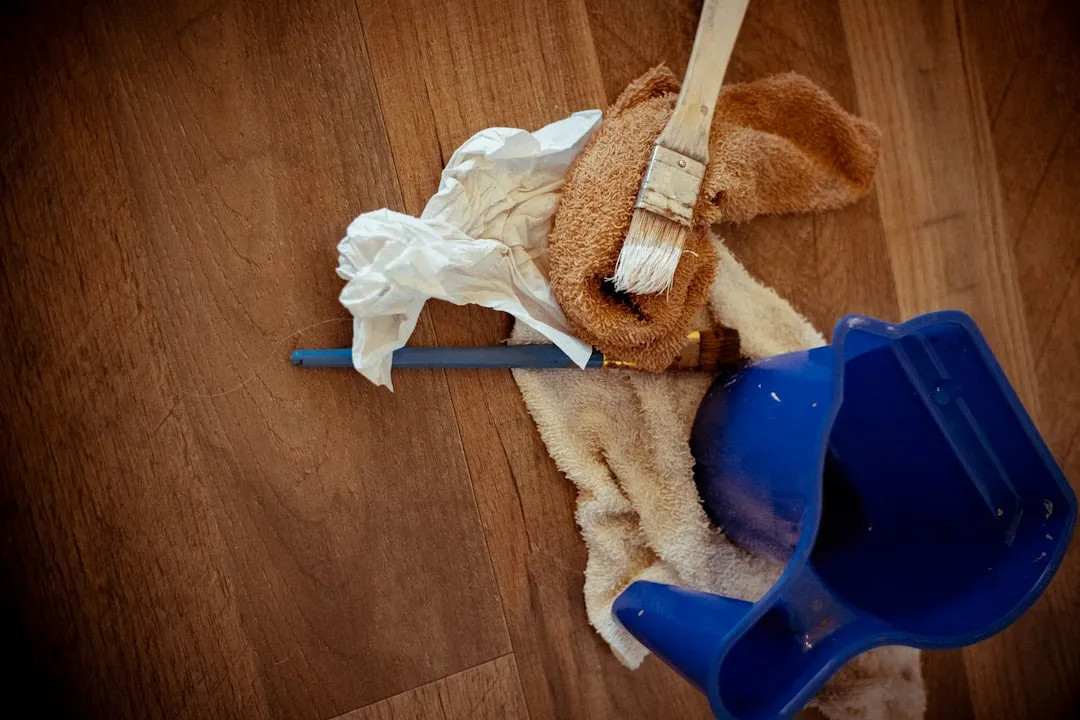

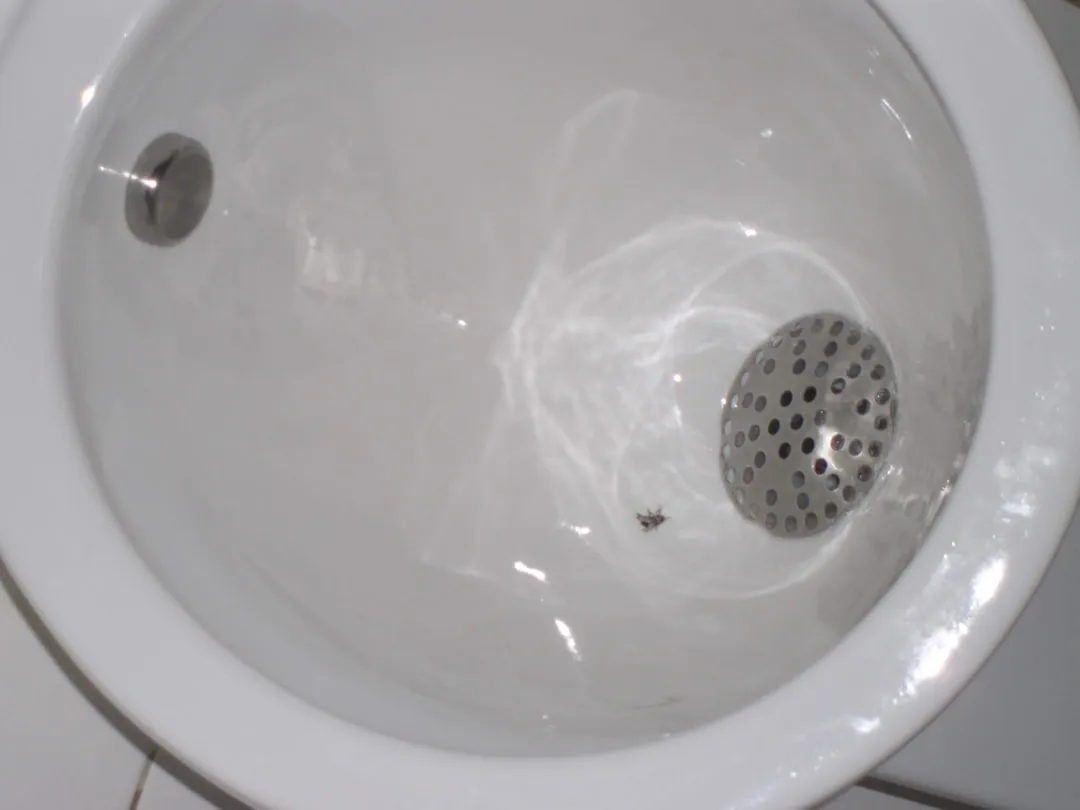
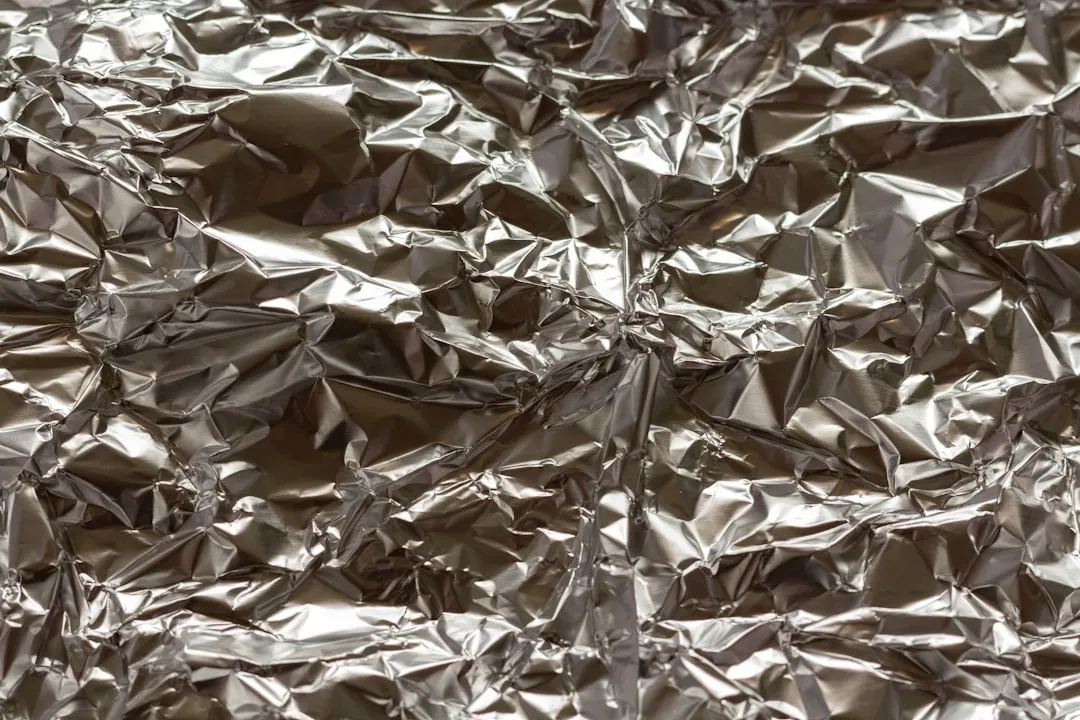

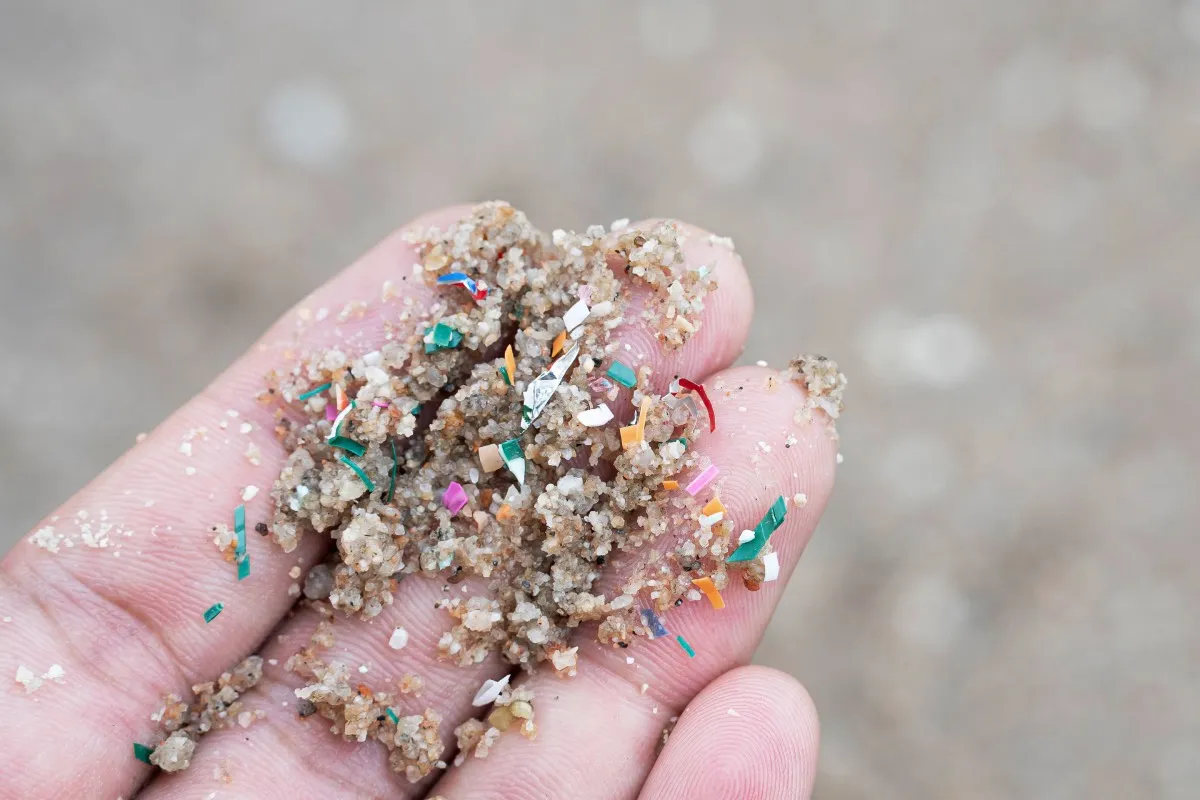


Comments
Be the first, drop a comment!